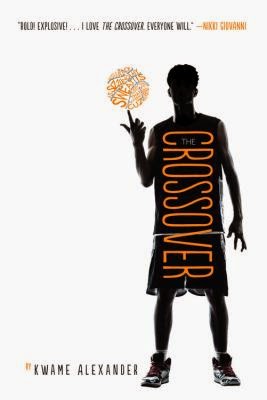As a school librarian, an essential part of my role is
curating resources: selecting, organizing and sharing information. It can be overwhelming for students and teachers to search for good information; the size and scope of the Internet makes this all the more true.
As we have seen with the
Common Core IRL project, print resources are not necessarily plentiful on the American Colonies. Digital resources are an essential tool for students.
I created the following
Google Doc to share digital resources with our students (you may copy and share the Google Doc using this
link).
To make this document easily findable, I created a visual link on our library catalog, Destiny. You can explore the visual links in our catalog by going to
http://library.berkeley.net/ and selecting any of the elementary schools. Click on the Visual search tab on the right. The Emerson catalog looks like this:
Within the History collection, you'll find different types of curated resources: books and encyclopedia articles, websites, maps and more. Keeping these links on the library catalog has many advantages. First of all, it's an easily findable place for students and teachers. In addition, we are training our community that the library is a central hub for information resources. Finally, we can hold onto these resources for teachers to use year after year.
These resources are an essential part of the Common Core standards for both reading informational text and writing. As students delve into these digital resources, they will need to read and identify the main point of a paragraph, page or article.
ELA Common Core standard RI.5.1 states 5th grade students will "determine two or more main ideas of a text and explain how they are supported by key details; summarize the text." This is essential when reading websites.
How are you sharing digital resources with elementary students? Are you finding that they are able to read and digest them? Or are they surfing through them, without finding key information?
I am excited to read about other resources my colleagues have found in their search:
Common Core IRL -- In Real Libraries. This week, we are excited to share:
If you are going to be at the American Library Association's annual conference later this month in Las Vegas, we hope you can come to our presentation on the Common Core IRL: In Real Libraries. Here are the details:
Common Core IRL: In Real Libraries
ALA Annual Conference
WHEN: Sunday, June 29, 2014 - 10:30am to 11:30am
LOCATION: Las Vegas Convention Center, S228
Hope to see folks there!
©2014 Mary Ann Scheuer, Great Kid Books
AASL's Best Apps for Teaching and Learning
Common Core IRL: In Real Libraries









































